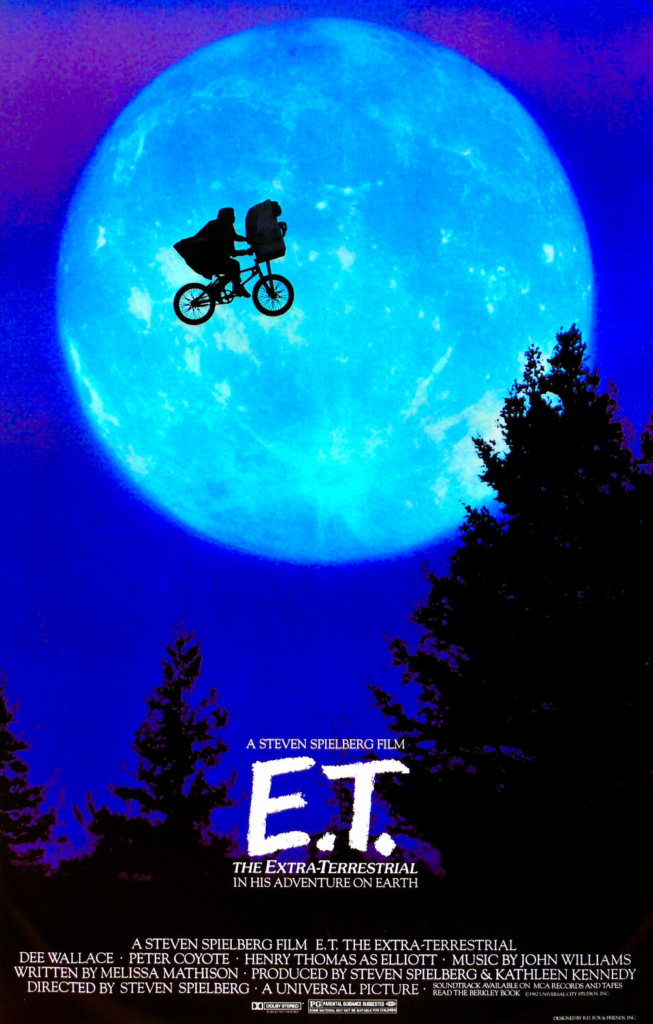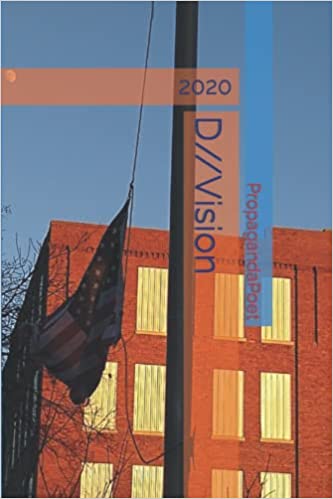Bear Wolf is many things. A teacher. A musician. A writer. And, most importantly – to me anyway – my brother. He has spent the summer on the road, sharing his talents and promoting his new book of poetry -. He joined me recently during a stop outside of Philadelphia.
Michael Smith: Tell us a little bit about your tour.
Bear Wolf: So I have many performing personas and I’m out on the road right now supporting a book and CD of my poetry. I go by “Propaganda Poet” for my poetry. The tour started out in New York City at the Nuyoricans Poets Café where I was part of an event called “Two Venues, One Mic.” It’s really a great idea where two different poetry venues simultaneously have two curated open mics. Each venue has their ZOOM hooked as well so when one venue is featuring live readings the other venue is watching on the big screen. It goes back and forth. This edition was with a venue in Japan. We were simultaneously doing poetry with a venue in Japan. They’ve done Paris. They’ve done London. The next one they’re working on is in Italy. Because of having a lot of my stuff on line over the past couple years I’ve been able to share my work with people from all over the country. Putting this tour together was pretty easy since I already knew a lot of the people involved. I’ve done a few shows in New Jersey as well and now I’m on my way to the AWP Writer’s Conference in Philadelphia to perform with another group of poets that I’ve met on line. Then it’s on to a couple of Busboys and Poets spots in Baltimore and Washington D.C., which is a chain of venues that are being revitalized now that everything is opening up again.
MS: What is the name of your latest book?
BW: My book is called “2020 D/Vision.” It’s my response to the pandemic. Not just the COVID pandemic but all of the other pandemics we’re dealing with like racism and systematic oppression and the American Dream that is not fully attainable for everyone because we don’t all start from the same spot. For the past two years Mother Earth has essentially sent us to our room. While I was there I contemplated and wrote a couple of books. “2020 D/Vision” is available on Amazon.
MS: So what exactly goes on at a poetry recital? In my mind I’m picturing the movies of the 60s that had the hip poet up on stage snapping his fingers and addressing the audience. Or Mike Myers in “So I Married an Axe Murderer.” What does it entail? Do you just go up on stage? Do you have music in the background to set the mood?
BW: The sweet thing about open mics is that you really never know what’s going to happen. It’s pure creativity across the board. The one I did last night in New York City had comedians, musicians, poets…it’s actually very much like you’re picturing; the old beat poets of the 60s and 70s in Soho and San Francisco. This art has just carried on. Artists who are not recognized on a large scale can still go up there and do their thing. And it’s really supportive. Even the on-line open mic community is very supportive.
MS: What are the crowds like? Pretty packed?
BW: Their very well attended. People are really hungry to get out of the house now. They really contribute to the atmosphere. And it’s a wide spectrum of poetry. You get social justice poetry…erotic poetry. It’s really one of the best and broad cultural things you can experience.
MS: Does your CD feature you reading your poetry? Music to read your poetry by?
BW: It’s both. It’s called “Haiku, Tanka & Senryu, Oh My!” A friend of mine, C.K. Shmallowell, composed some great electric dance music, but with a jam-band feel to it. He gave me the audio tracks and I re-mixed them and put the poetry on top of them.
MS: What’s next?
BW: This is my second tour this year. Earlier I did a tour of the South. And I just completed a CD of covers and mash-ups where I mixed my poetry in as well. It’s my first attempt at doing everything. Drums, guitars, vocals. The whole nine-yards. It’s going to be available on Soundcloud. I just finished my next book called “Word Tornadoes.” That manuscript is under review. My ultimate point with all of this is to get to a point where this is all I do. I can put together workshops and lessons and basically be a freelance teacher. I want to get the message out that poetry is alive and well and thriving.
TO PURCHASE A COPY OF“Haiku, Tanka & Senryu, Oh My!” CLICK HERE
TO PURCHASE A COPY OF “2020 D/VISION” CLICK HERE



